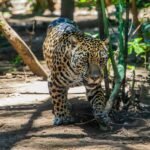Big cats, which include iconic species such as lions, tigers, leopards, and cheetahs, are some of the most majestic creatures on Earth. However, these wildlife species face numerous threats in a rapidly changing world. As human activities continue to reshape our planet, understanding the future of big cats is crucial for their conservation.
Habitat Loss and Fragmentation
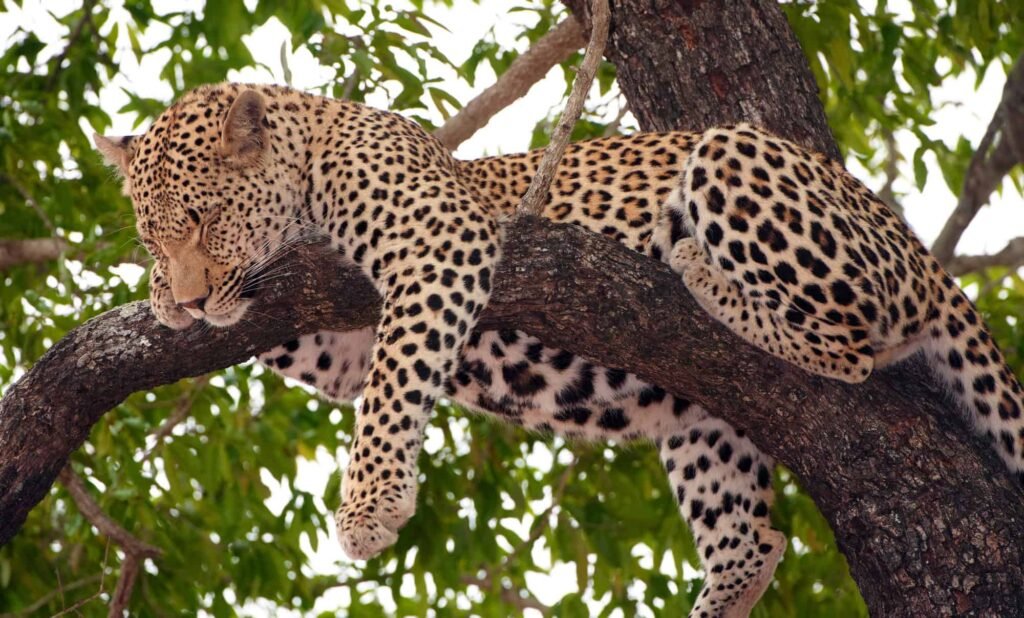
One of the most significant threats to big cats is habitat loss. Urbanization, agriculture, and infrastructure development are encroaching on the natural habitats of these predators. As forests and grasslands disappear, big cats are forced into increasingly small and isolated patches, threatening their survival.
Human-Wildlife Conflict
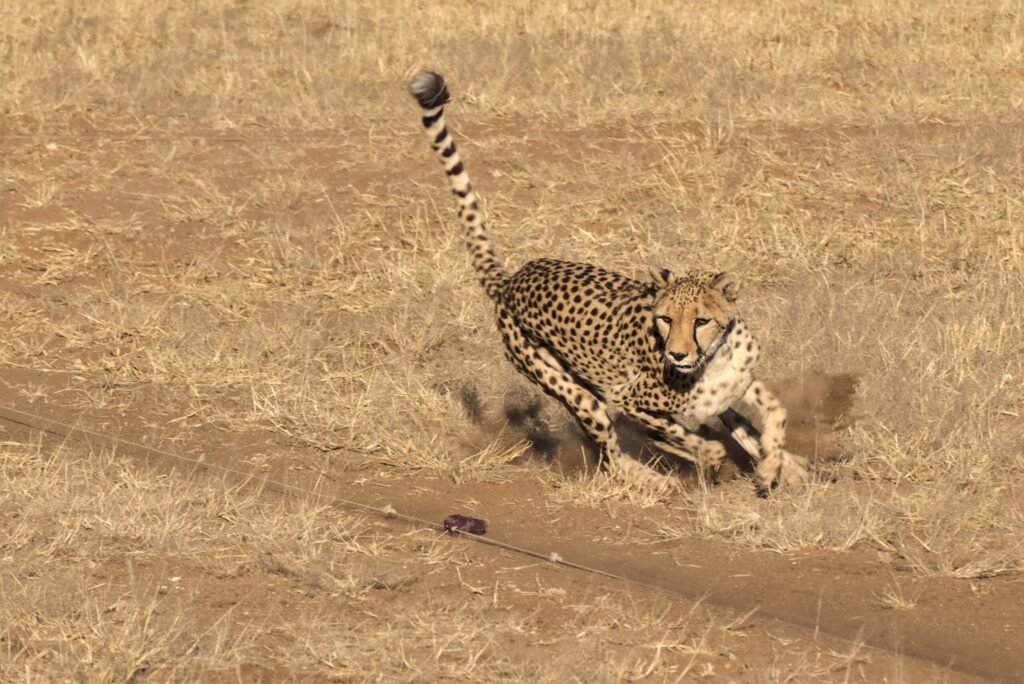
As human populations grow, so do conflicts between people and big cats. These conflicts often arise from livestock depredation or perceived threats to human safety. Unfortunately, such conflicts frequently result in retaliatory killings, further dwindling big cat populations.
Climate Change Impacts
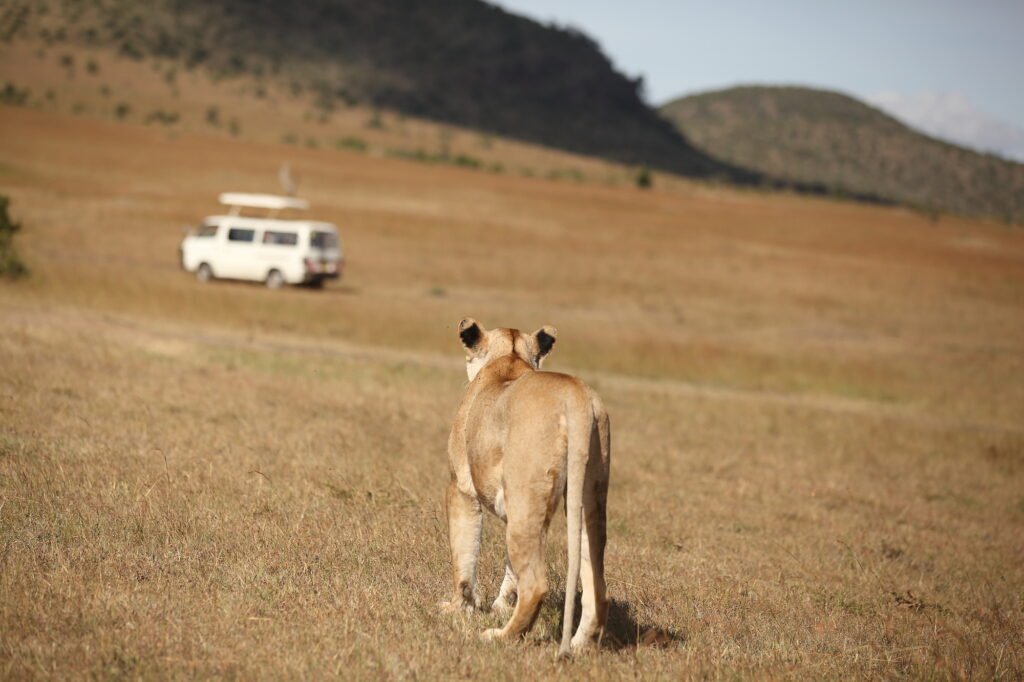
Climate change is another looming threat. Changes in temperature and precipitation can alter habitats and prey availability, affecting big cats’ survival. Species like snow leopards are particularly vulnerable as their mountainous habitats are highly susceptible to climate variations.
Poaching and Illegal Wildlife Trade
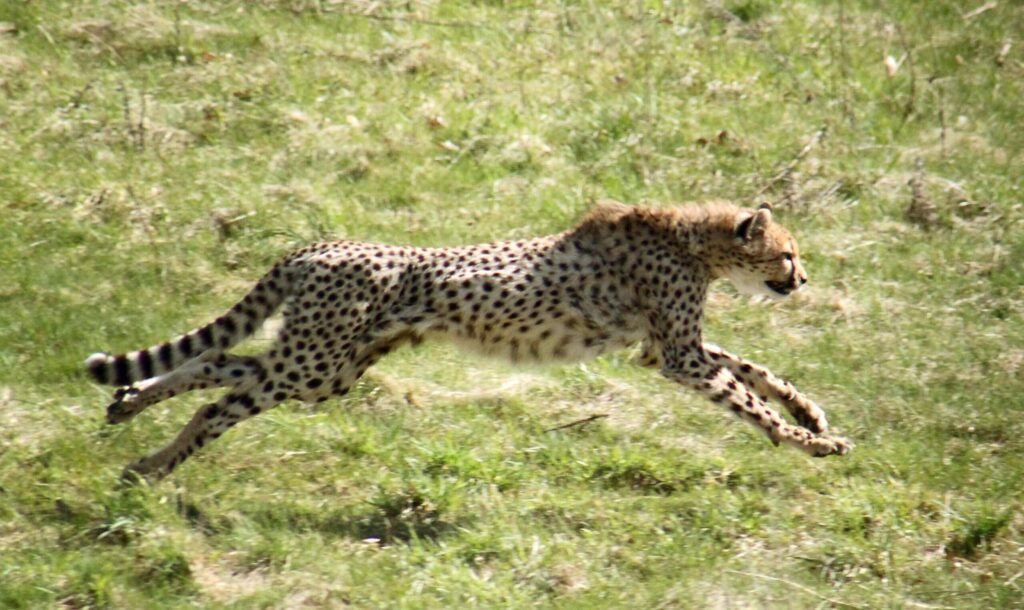
Despite international efforts to curb illegal wildlife trade, poaching remains a significant threat to big cats. Skins, bones, and other body parts are highly valued in some cultures, fueling illegal markets and further endangering these majestic animals.
The Role of Technology in Conservation

Advancements in technology, such as camera traps, satellite collars, and drones, are playing an essential role in big cat conservation. These tools help researchers monitor populations, study behavior, and track movements, providing critical data for effective conservation strategies.
Protected Areas and Wildlife Corridors
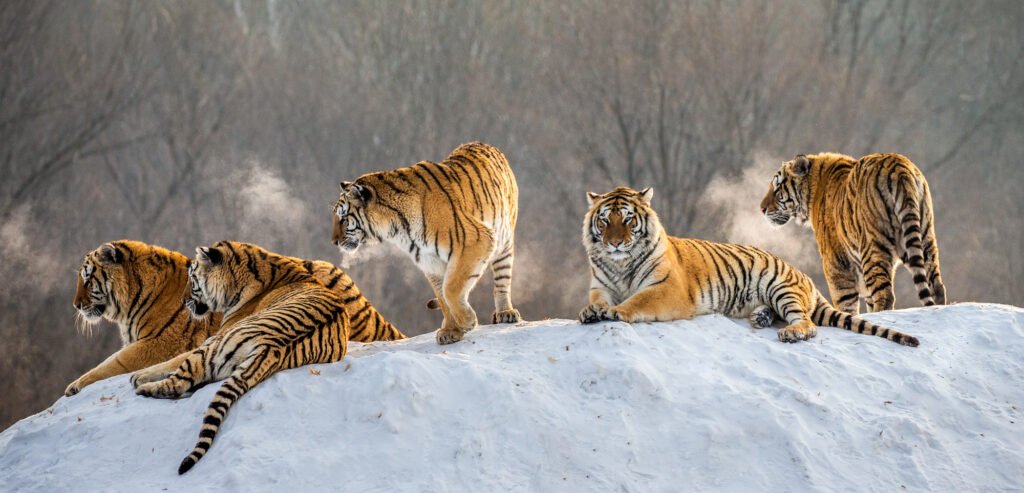
Establishing protected areas and wildlife corridors is vital for ensuring big cats have sufficient space to roam and hunt. By connecting fragmented habitats, wildlife corridors allow genetic exchange between populations, reducing the risk of inbreeding and increasing resilience.
Community-Based Conservation
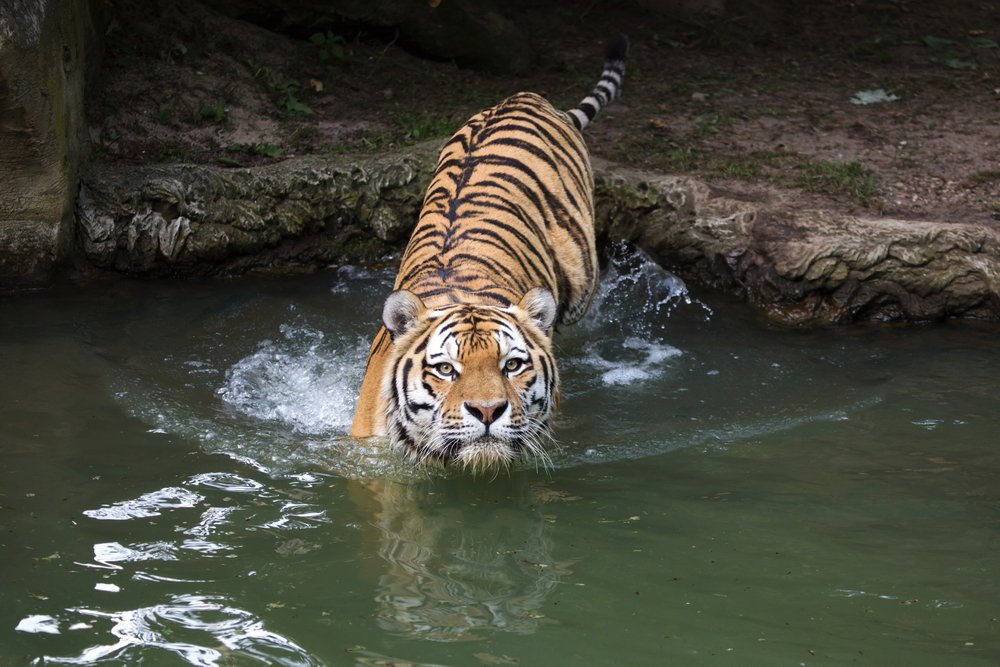
Engaging local communities in conservation efforts is essential for the long-term success of big cat protection. Community-based initiatives that offer economic incentives for conservation can transform local attitudes towards wildlife, reducing human-wildlife conflict and fostering coexistence.
The Importance of Genetic Diversity
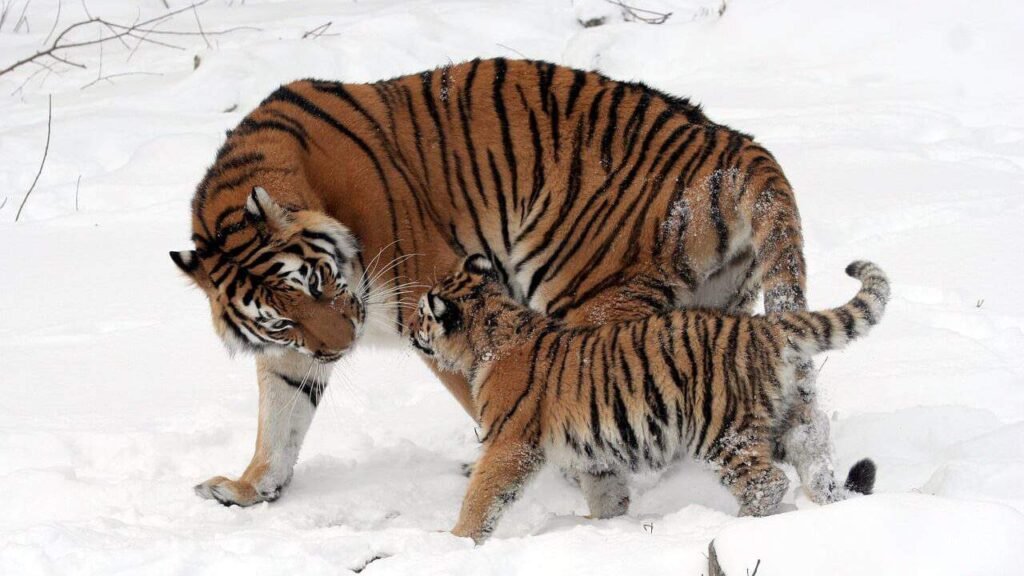
Genetic diversity is crucial for the survival of big cat populations. Small, isolated populations are susceptible to inbreeding, which can increase the risk of disease and reduce adaptability. Conservation strategies must focus on maintaining and enhancing genetic diversity to ensure resilience.
The Role of Education and Awareness
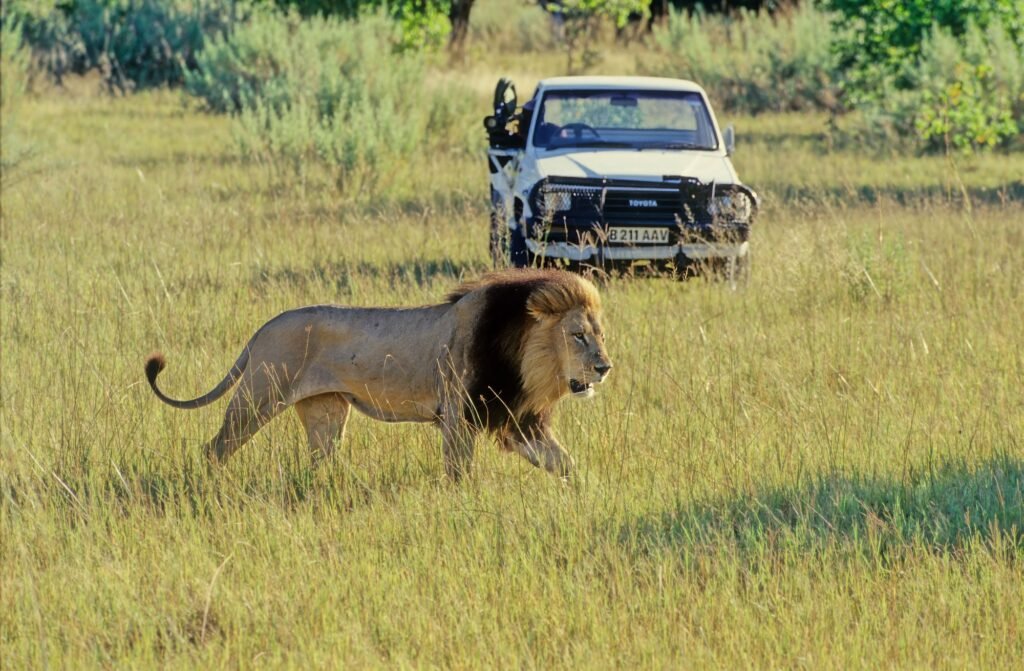
Education and awareness campaigns are fundamental to changing public perceptions and behaviors towards big cats. By promoting understanding and appreciation for these animals, such campaigns can foster a culture of conservation, inspiring people to support protective measures.
International Policies and Collaborations

International cooperation is vital in addressing the transboundary nature of big cat conservation challenges. Organizations such as the Convention on International Trade in Endangered Species (CITES) play a critical role in regulating trade and fostering collaboration between countries to protect big cats.
Conclusion: Charting a Sustainable Future
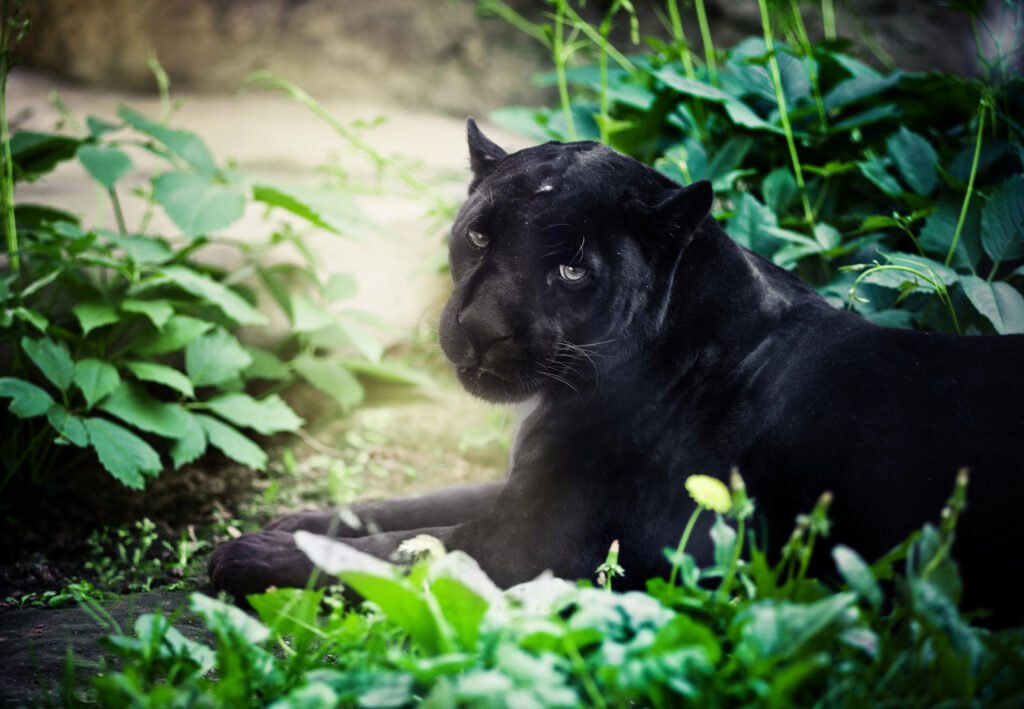
The future of big cats in a rapidly changing world depends on a multifaceted approach. By addressing habitat loss, human-wildlife conflict, poaching, and climate change, alongside leveraging technology, community engagement, and international cooperation, we can strive to ensure these magnificent creatures continue to thrive. The fate of big cats is intrinsically linked to the health of our ecosystems and ultimately, to our own well-being.


